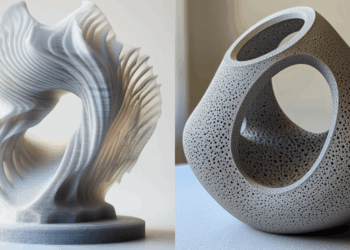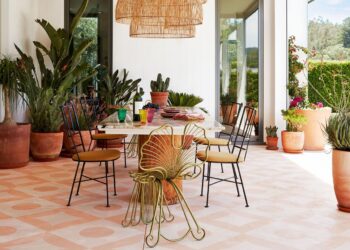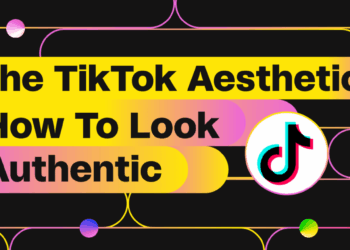A surprising aesthetic revolution is sweeping through Gen Z’s visual landscape – the deliberate embrace of so-called “ugly” design. From clashing patterns to awkward proportions, this generation is rejecting polished minimalism in favor of intentionally imperfect, chaotic visuals. But what appears to be a random stylistic choice actually reveals deeper cultural shifts. This 2,000+ word exploration uncovers the psychology, social media influence, and market forces driving Gen Z’s ugly design obsession, and why it’s reshaping industries from fashion to interior design.
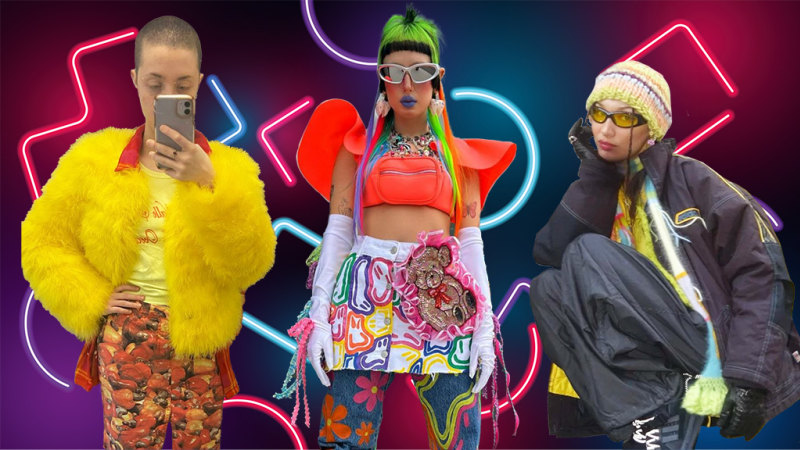 A. Defining Gen Z’s Ugly Aesthetic
A. Defining Gen Z’s Ugly Aesthetic
-
Key Visual Characteristics
-
Purposeful color clashes (neon + earth tones)
-
“Bad” kerning and awkward typography
-
Uncomfortable proportions in furniture/fashion
-
Chaotic pattern mixing (stripes + florals + graphics)
-
-
Cultural Touchstones
-
Early internet nostalgia (WordArt, Geocities)
-
Meme culture aesthetics
-
Anti-design art movements
-
-
Terminology of the Trend
-
“Maximalist minimalism”
-
“Anti-aesthetic”
-
“New ugly”
-
B. 5 Reasons Behind Gen Z’s Ugly Design Love
1. Digital Native Perspective
-
Comfort with visual chaos from growing up online
-
Appreciation for “authentic” imperfect digital artifacts
-
Nostalgia for early internet aesthetics
2. Rejection of Millennial Perfection
-
Pushback against Instagram’s curated feeds
-
Fatigue with sterile minimalism
-
Desire for more human, relatable visuals
3. Irony as Status Symbol
-
“So bad it’s good” sophistication
-
Requires cultural knowledge to appreciate
-
Signals in-group membership
4. Attention Economics
-
Ugly stands out in oversaturated feeds
-
Higher engagement with polarizing visuals
-
Meme potential drives sharing
5. Sustainability Through Reuse
-
Celebration of mismatched thrift finds
-
Rejecting fast fashion’s perfection
-
DIY culture embraces imperfections
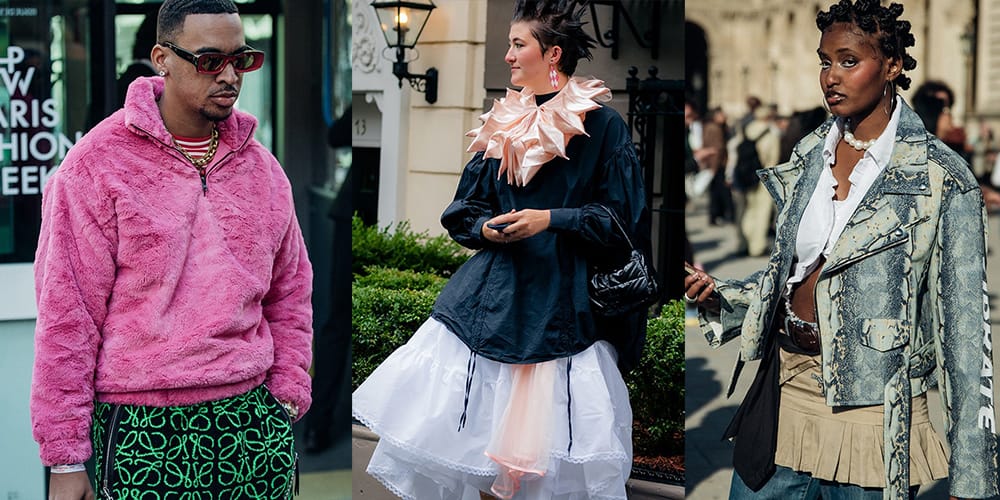 C. Industries Transformed by Ugly Chic
C. Industries Transformed by Ugly Chic
-
Fashion
-
Dad shoes (Balenciaga Triple S)
-
Purposefully “poor” tailoring
-
Thrift-core aesthetic
-
-
Interior Design
-
Clashing wallpaper trends
-
“Grandma chic” furniture
-
Maximalist clutter aesthetic
-
-
Graphic Design
-
Brutalist web design revival
-
Microsoft Word-inspired layouts
-
Anti-typography trends
-
-
Product Design
-
Lumpy, asymmetrical ceramics
-
“Ugly cute” plush toys
-
Purposefully awkward home goods
-
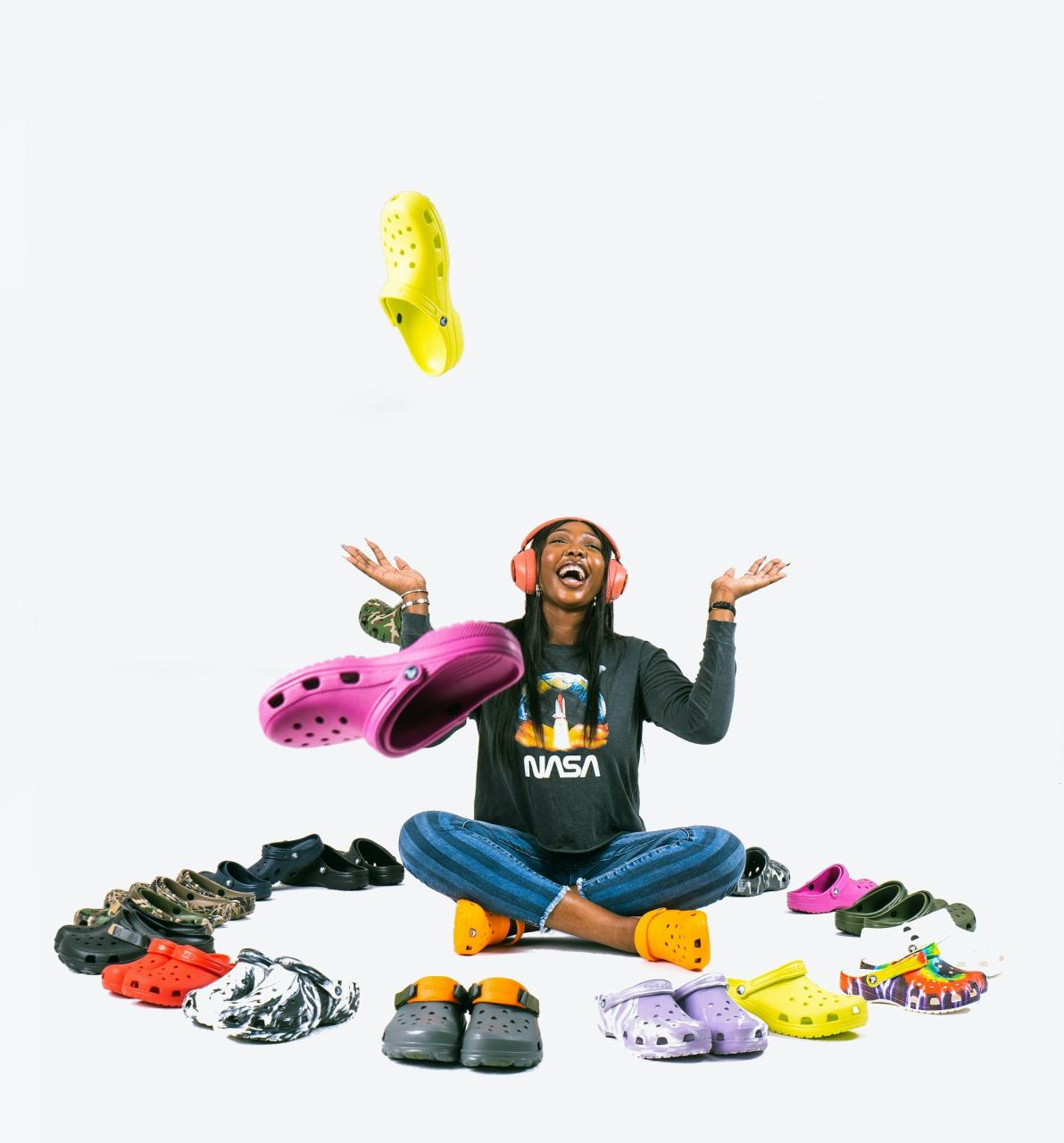 D. Psychological Drivers of the Trend
D. Psychological Drivers of the Trend
-
Comfort in Chaos
-
Reflects Gen Z’s uncertain world
-
Makes anxiety feel normalized
-
Rejects pressure for perfection
-
-
Nostalgia Therapy
-
Comfort in familiar ugly objects
-
Connection to childhood memories
-
Digital archaeology appeal
-
-
Status Through Taste
-
Subtle flex of cultural capital
-
Requires explanation = prestige
-
Reverse snobbery effect
-
E. Implementing Ugly Design Strategically
1. Starting Small
-
One statement ugly piece per room
-
Mixing just two clashing patterns
-
Single “wrong” color accent
2. Going All-In
-
Maximalist pattern layering
-
Intentional visual tension points
-
Custom ugly-chic furniture
3. Avoiding Pitfalls
-
Maintaining functionality
-
Balancing ugly elements
-
Strategic negative space
 F. The Future of Ugly Design
F. The Future of Ugly Design
-
Mainstream Adoption Risks
-
Corporate co-option danger
-
Loss of rebellious edge
-
Algorithmic homogenization
-
-
Evolution Predictions
-
More interactive ugly design
-
AR/VR ugly environments
-
Sustainable ugly materials
-
-
Long-Term Cultural Impact
-
Lasting change in beauty standards
-
New design education approaches
-
Continued generational tension
-
Conclusion
Gen Z’s ugly design movement represents more than just a stylistic preference – it’s a visual manifesto for a generation comfortable with complexity, irony, and imperfection. As these young consumers gain spending power, their aesthetic values are reshaping entire industries, challenging traditional notions of good taste. Far from a passing trend, ugly design signals a fundamental shift in how we define beauty in the digital age, proving that sometimes, ugly is the new beautiful.
Tags: ugly design, Gen Z trends, anti-aesthetic, maximalism, design psychology, fashion trends, interior design, graphic design, nostalgia marketing, digital culture



